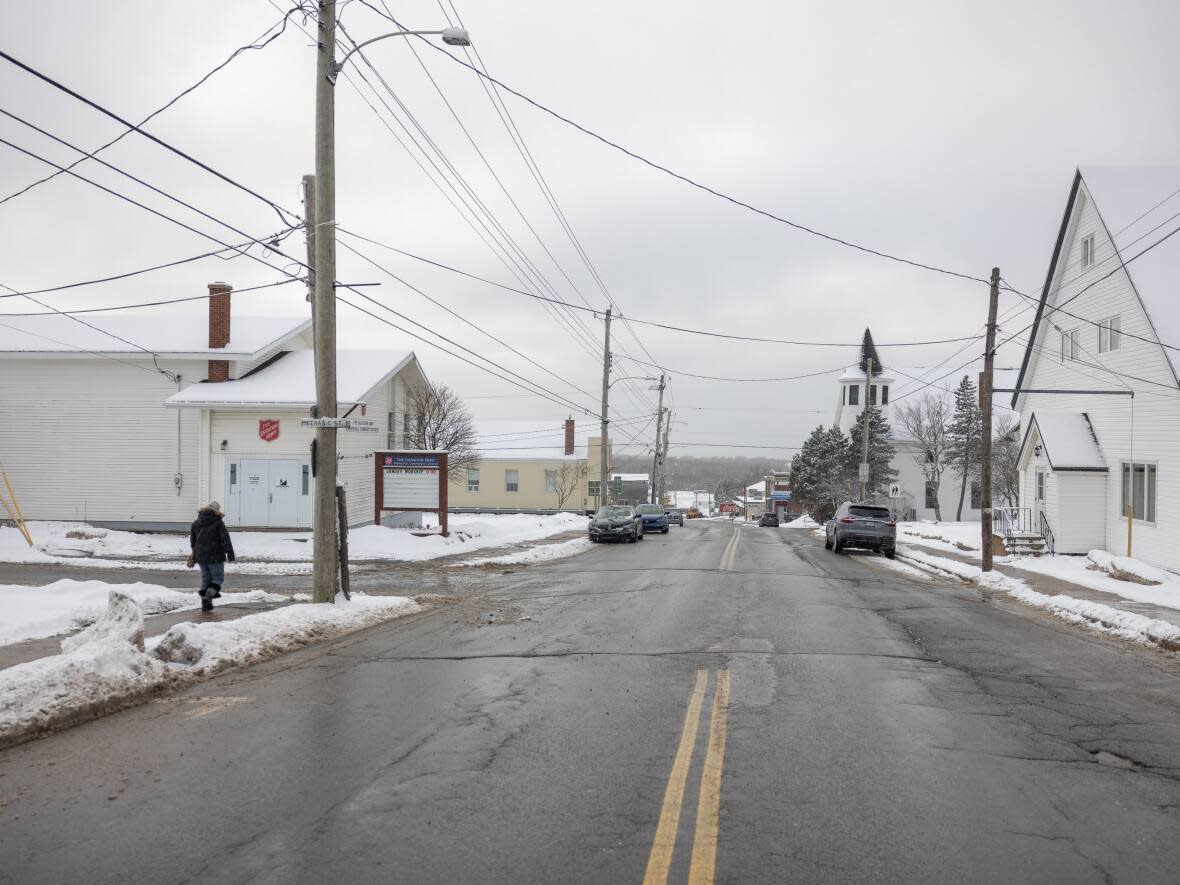N.S. uses just a fraction of its geothermal potential. That could soon change

On a recent wintry day in Springhill, a fresh blanket of snow lies over the fields and buildings in the northern Nova Scotia community.
But deep under the frosty ground, warm water is circulating through a network of tunnels and mine shafts.
The former Springhill coal mine, a sprawling underground complex reaching depths of more than four kilometres, closed in 1958 after a series of fatal disasters.
The mine eventually filled with water that's naturally heated by the Earth's core.
For decades, that source of geothermal energy has been tapped to heat businesses, an arena and part of the Nova Scotia Community College campus in Springhill.
Now, a new study will explore how to broaden the use of geothermal energy in Cumberland County, with an eye to expanding its use in other parts of the province, too.

"Under this community is just honeycomb with mines — miles and miles and miles and miles," says Murray Scott, the mayor of the Municipality of Cumberland County. "It's all full of water, so unlimited potential when it comes to taking advantage of that resource."
The equipment that draws the warm water from the mine may not look like much — just a couple of thick grey pipes leading into the floors at the NSCC and in a noisy mechanical room just off the ice at the arena across the street.
But they make a big difference in the facilities where they're put to use. At the college, the energy is used to heat the lab where, appropriately, the school's refrigeration, air conditioning and geothermal program is based. At the arena, pipes laid in the cement flooring in the stands surrounding the rink help keep the air a bit toastier than it would be otherwise.
The college currently accesses water that's about 20 metres deep, but the Springhill mine itself goes much, much deeper. At its deepest point, the mine is approximately 4.3 kilometres deep and is believed to be one of the deepest in the world.

Darrin Embree, an instructor in the geothermal program at the NSCC, says even at the shallow depth now being accessed, the water is usually about 10 C. The deeper the water, the warmer it is, and the more efficient it becomes to heat a building, he says.
Administration at the college hope that someday, the entire campus will be heated with geothermal energy.
At one point, a study was done looking at the feasibility of running a pipe down Main Street in Springhill that would deliver geothermal heat to businesses along the stretch, but it was deemed too expensive.

Scott has high hopes for the $80,000 study, which has been funded by the province and is expected to take about a year to complete. He hopes it will lead to a pilot project with business potential, such as a commercial greenhouse.
"We've watched over the years where greenhouses have failed in other places, or just have ceased to operate and it's always the same reason — the high cost of energy to heat and cool these buildings. And so we think there's probably tremendous opportunity here using geothermal from our mine water."
Scott says with the global concern about carbon footprints, and the attention on alternative energies, the time is ripe for a deeper dive into Cumberland County's geothermal potential.
"If there's ever a time, it's now. Now is a perfect time."

And with the area's long and sometimes tragic history of coal mining, using the Springhill mine as an energy source is a connection to the past, Scott says.
"A lot of people lost their lives in those mines. So we would like to think that we're tying our heritage and history together with our future here. So we're pretty proud of that."
More potential across province
Nova Scotia is dotted with old underground mines and abandoned mine openings — many with geothermal potential. Some of the possible geothermal hotspots include sedimentary basins in the areas of Cumberland County, Stellarton, western Cape Breton, Sydney, Antigonish, Shubenacadie and Kennetcook.
Tory Rushton, the minister of Natural Resources and Renewables and also the MLA for Cumberland South, says other parts of Canada are using geothermal energy to generate electricity and he'd like to find out if that's a possibility here, too.
Rushton is eager to see where the study will lead, not just for Cumberland County, but for the whole province.
"It's a great opportunity for our community and if we can do the research here and broaden it out throughout the whole province of Nova Scotia, I think it's a benefit for all of us."

Geothermal makes up just a tiny fraction of Nova Scotia's energy supply right now, and it's unlikely to increase substantially by 2030, when the province aims to meet 80 per cent of the province's energy needs with renewables.
But geothermal could be a greater portion in the future.
"There's always goals to be set past 2030 as well. Let's set these goals, work on them, but also create new goals as we're moving ahead and educating ourselves," Rushton said.
MORE TOP STORIES

 Yahoo Movies
Yahoo Movies 
